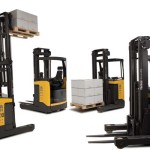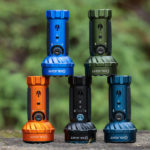Solar systems have seen a great spike in popularity in the last couple of years, not just among homeowners, but outdoor enthusiasts as well. And since they are becoming more efficient, yet smaller in size as solar technology advances, campers are starting to take advantage of portable solar systems and use them to power all of their camping appliances. Nowadays, you can find a wide range of portable camping solar blanket options that are of decent quality, lightweight and convenient, which makes them the ideal companion for your next getaway in the great Australian outdoors.
When shopping for the ideal camping solar blanket assembly, you’ll need to consider a few factors to get the best value for your money and to make sure the blanket you buy meets your power needs. These factors include usage, efficiency, weight and technology. Further, you’ll have to consider the wattage and power size so that you get the optimum power output.
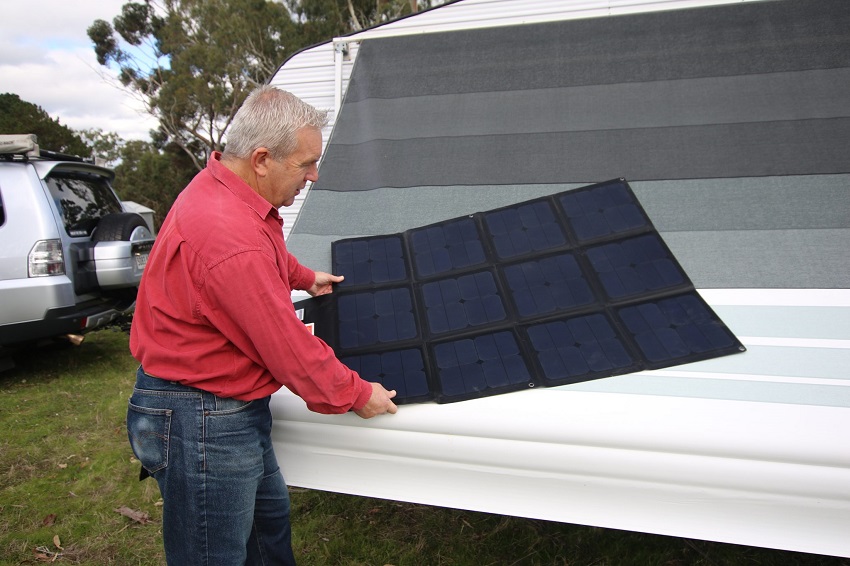
Usage
This is the first factor that will impact your decision. What do you need the solar panel blankets for? Based on their intended purpose, you might have to readjust your search parameters. For instance, solar panel blankets for RVs are usually around the 100W size, and installing them isn’t too complicated. Typically, portable solar blankets are connected to a lead-acid battery that’s rechargeable, which means that it’s also important to get an appropriate battery and charge controller to supply your power needs even when there are low sunlight days.
If you’re going to use the solar system for marine purposes, then you’re going to need a larger battery pack than you would if you were only charging 12V appliances such as smartphones or laptops. Further, the system will need to be comprised of waterproof or water-resistant parts for obvious reasons. Water can be problematic for portable solar blankets because moisture can get accumulated between the glass and aluminium frame, leading to solar cell delamination. That being said, picking a portable solar blanket made with encapsulating materials that promote great water-resistance is crucial in these cases.
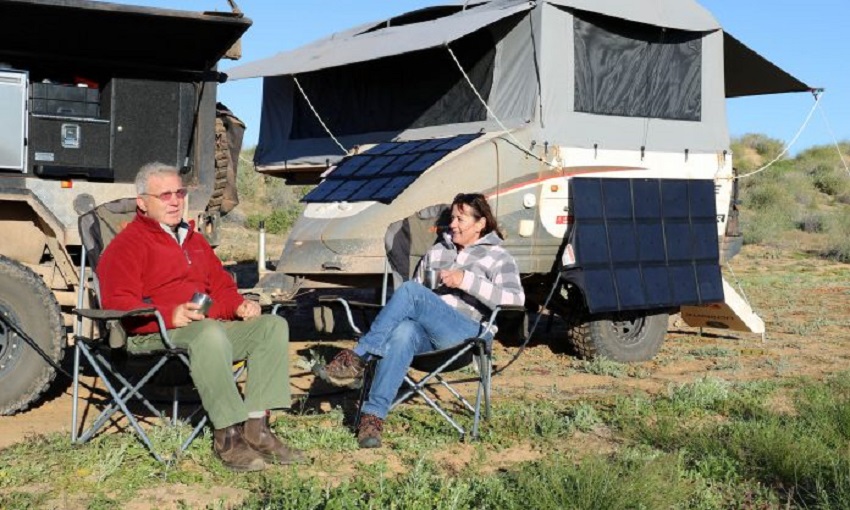
Efficiency
Another crucial factor to consider is the panel blanket’s efficiency. Efficiency values refer to the conversion rate from solar energy into direct current electricity. Higher efficiency panel blankets are smaller, yet they still produce a lot of power output. This is one aspect you don’t want to compromise on, as it’s one of the most valuable indicators and assets. Higher efficiency translates into less surface area, lower weight and better performance. But naturally, all of this will come at an increased price tag.
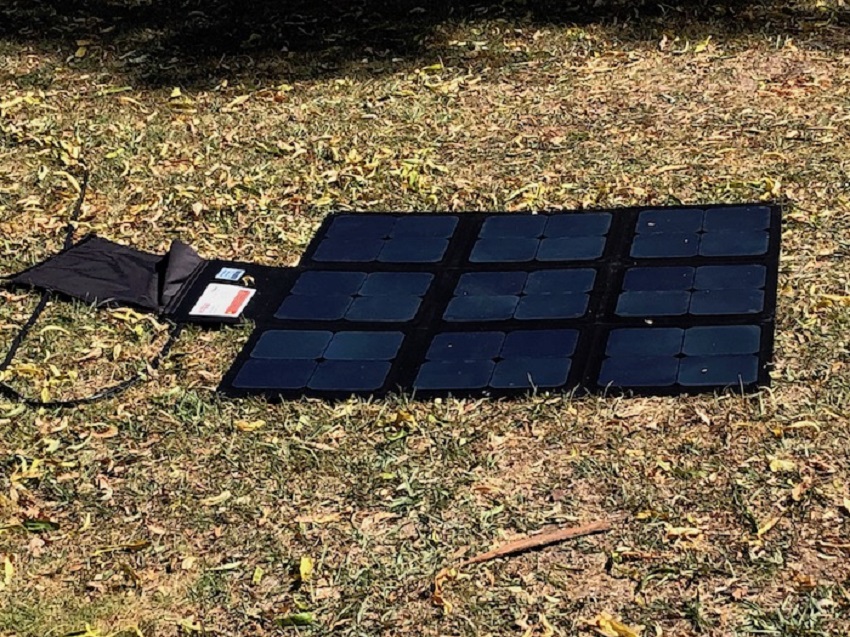
Cell Technology
Crystalline technologies are the most popular ones, and they’re divided into monocrystalline and polycrystalline modules. And since I just talked about the importance of efficiency, for most solar applications, monocrystalline panels are recommended as they’re established as the most efficient. Some thin-film technologies can also be considered, due to their compactness and flexibility. The downside is that the efficiency of thin-film technologies is low when compared to monocrystalline, but their favourable maneuverability is still useful in the portable solar market.
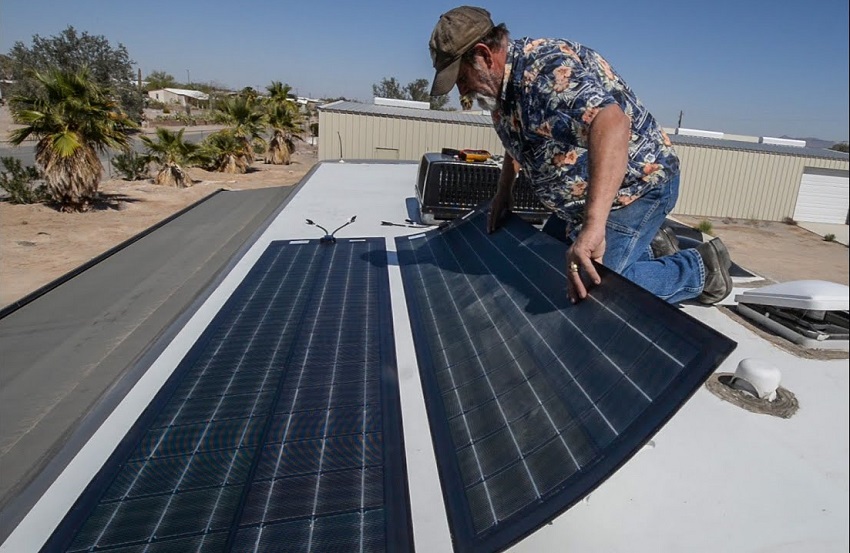
Size and Wattage Demands
Naturally, you’ll want to know your estimated wattage requirements that the solar panels will need to have in order to cover your energy needs. But in order to do that, you’ll need to get familiar with some basic terminology. Wattage is just another term for power output, which refers to the combination of two variables: current and voltage. The voltage is the “pressure” that electrons receive in order to flow, whereas current refers to the number of electrons flowing through a single wire. By multiplying voltage and current, you can get an idea of the wattage you need. Each electronic device has a specified power consumption rate that can usually be found on the product’s label. By adding the power demands of every device, you’ll get an idea of the minimum amount of wattage the solar panels will need to produce.
Solar power can vary depending on a few environmental conditions, such as shadings, temperature, irradiance values and amount of direct sunlight exposure. All of these conditions will change the output power of your solar panel and the charging speed of the charger. Further, since you’ll probably be using the solar system for off-grid applications, you’ll probably also need a charge controller and battery pack. This means that a small amount of energy will also be lost in the conversion process, therefore, you should always estimate the size of the solar panels slightly above your energy demands.
Something else to keep in mind for the solar charger and battery is the energy consumption. The difference between the amount of energy and power consumption is that power refers to the instant demand of an appliance, whereas energy refers to the demand over time. Simply put, energy is power multiplied by the time of usage. Also worth noting is that energy can be expressed in ampere-hours, and most battery capacities are expressed in this unit (Ah). In order to get the ampere-hours value, simply divide the watts-hour by voltage.


